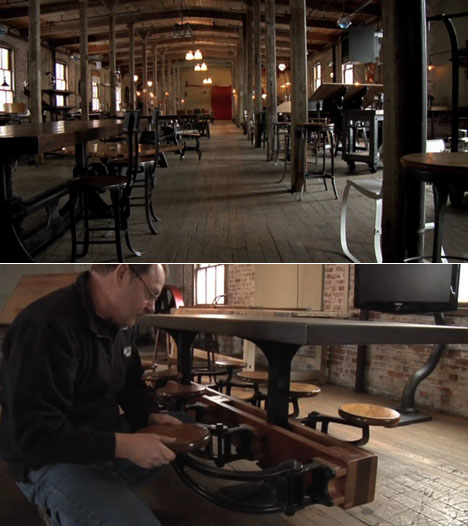
It seemed like a good bet: Turn waste into biomass fuel. Faced with an enormous surplus of Beetle Kill Pine just waiting to be harvested, Colorado entrepreneur Mark Mathis gambled that pressing them into fuel pellets would be the way to go. The pressed pellets, which are more efficient than burning logs, are used in special stoves and give off little smoke. As a bonus, they could even be used to power the very facility producing them.

Mathis was optimistic in a 2007 article in The Denver Post, which touched on his construction of a $9 million dollar facility for his company, Confluence Energy. "Our intention is to build it and they will come. In my opinion there is opportunity in every natural disaster. You just have to ferret it out." But lest you think the man a mere profiteer, it's important to note that Mathis was trying to find the solution to a problem, not exploit the environment: "It's unfortunate," he said of the situation, "and I'd just as soon have a healthy forest."

What was unfortunate became even more unfortunate. By 2010 the company was open for business—and struggling. Heating oil prices in oil-rich Colorado had dropped, there was competition from other pellet manufacturers, and the winters had not been as cold, further driving down demand. There was demand for pellets in Europe, but shipping product from landlocked Colorado all the way across the Atlantic would eat up any profits.
It was a Canadian company, Viridis Energy, that came to the rescue and acquired Confluence Energy the following year. Mathis still ran one of the largest pellet facilities in the western United States, and Viridis had the distribution muscle to efficiently get the product to ports on both coasts.
(more...) Photos Courtesy of Paul Sheetz for DRC.
Photos Courtesy of Paul Sheetz for DRC.














 Joe Gebbia's CritBuns, which "support creativity where others can't."
Joe Gebbia's CritBuns, which "support creativity where others can't." An example of a scenario that could use some CritBuns.
An example of a scenario that could use some CritBuns. "Some will, some won't, who cares, move on."
"Some will, some won't, who cares, move on."






 Red Clouds Collective individually hand stamps each sheath.
Red Clouds Collective individually hand stamps each sheath.




























